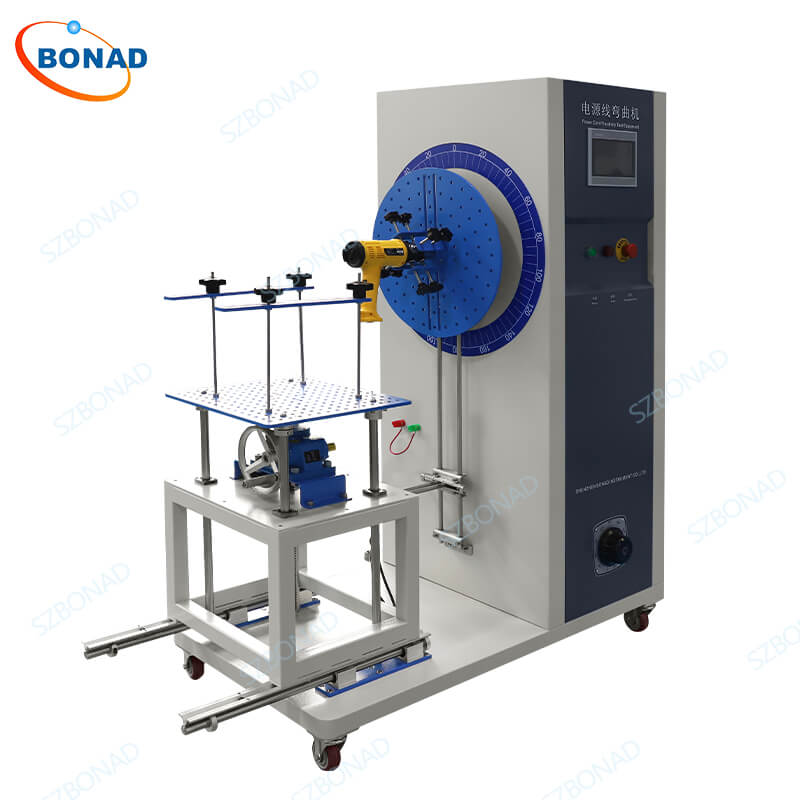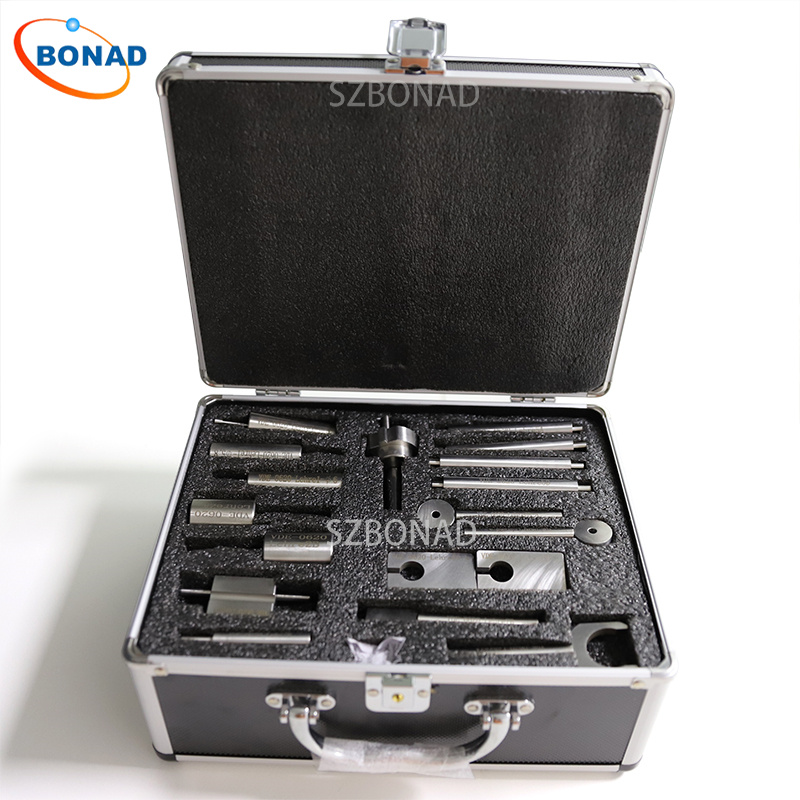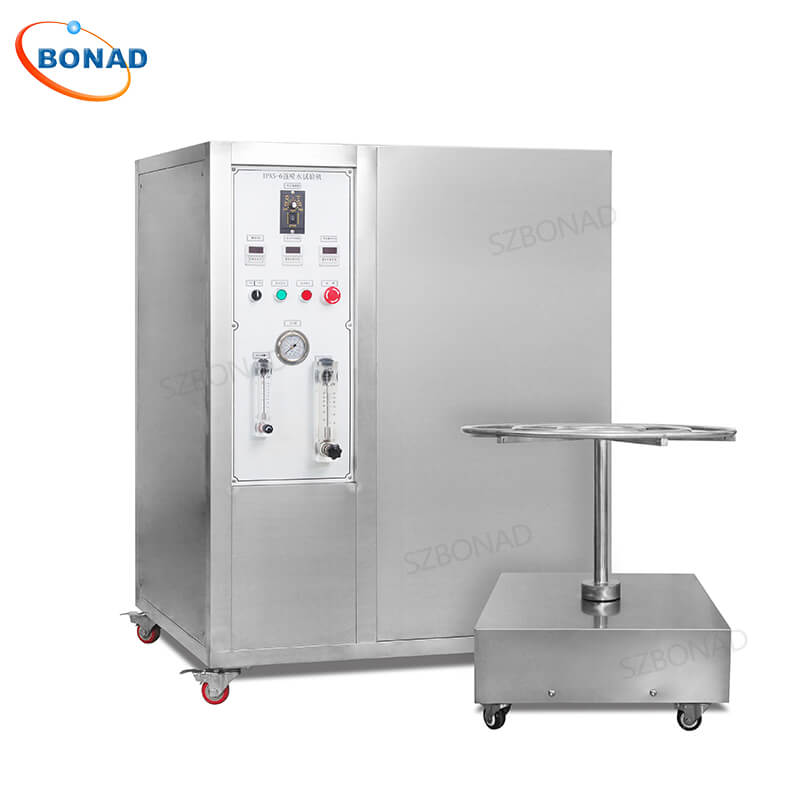Household appliances are essential in our daily lives, but their safety cannot be taken for granted. The international standard IEC 60335-1 serves as the critical benchmark for ensuring these devices are safe from hazards like electric shocks, fires, and mechanical injuries. For manufacturers, understanding and passing the key tests outlined in this standard is mandatory for global market access. This guide breaks down the essential IEC 60335-1 safety tests you need to know.
What is IEC 60335-1?
IEC 60335-1 is an international safety standard that sets general requirements for household and similar electrical appliances. It covers a wide range of safety aspects, including electrical, mechanical, thermal, and radiation safety for appliances rated up to 250V for single-phase and 480V for others.
Key Safety Tests Under IEC 60335-1
Navigating the compliance landscape requires a deep understanding of the specific tests mandated by the standard. Here are the critical ones:
1. Electric Shock Protection (Clause 8)
The primary goal is to prevent users from receiving an electric shock.
- Tests Include: Insulation Resistance Test, Dielectric Strength Test, and Leakage Current Test.
- Why It Matters: Faulty insulation or inadequate spacing can lead to lethal shocks.
- Best Practice: Use double or reinforced insulation for high-risk components and ensure proper creepage and clearance distances.
2. Mechanical Hazards (Clause 20)
This clause ensures appliances do not cause physical injury.
- Tests Include: Stability Test, Moving Parts Test, and Impact Test.
- Why It Matters: Unstable appliances can tip over, and exposed moving parts can cause cuts or crush injuries.
- Best Practice: Design for stability with non-slip feet and use interlock switches to disable moving parts when guards are removed.
3. Thermal Safety (Clause 11)
This test prevents burns, overheating, and fire risks.
- Tests Include: Temperature Rise Test, Overload Test, and Flammability Test.
- Why It Matters: Overheating components can ignite surrounding materials, leading to fires.
- Best Practice: Incorporate thermal fuses or cutoffs and use flame-retardant plastics (e.g., UL 94 V-0 rated).
4. Moisture Resistance (Clause 15)
Appliances must withstand exposure to moisture without becoming hazardous.
- Tests Include: Drip Test (IPX1), Splash Test (IPX4), and Humidity Test.
- Why It Matters: Water ingress can cause short circuits, electric shocks, or corrosion.
- Best Practice: Use waterproof seals and gaskets and apply conformal coating on printed circuit boards (PCBs).
5. Abnormal Operation (Clause 19)
This evaluates the appliance’s behavior under fault conditions.
- Tests Include: Motor Lock Test and Component Failure Test.
- Why It Matters: It simulates real-world misuse, like a blocked vacuum cleaner or a locked blender motor.
- Best Practice: Design with overcurrent protection and ensure adequate ventilation even during fault conditions.
Best Practices for Ensuring Compliance
- Design for Safety Early: Integrate safety features during the initial design phase to avoid costly redesigns later.
- Use Certified Components: Source motors, switches, and other critical parts that already have relevant certifications (UL, CE, etc.).
- Test Early and Often: Conduct pre-compliance testing during prototyping to identify and rectify issues early in the development cycle.
- Document Thoroughly: Maintain detailed records of all tests, design changes, and component certifications for your Technical Construction File (TCF).
Conclusion: Building Trust Through Safety
Adhering to IEC 60335-1 is not just about passing tests; it’s about committing to user safety. By rigorously applying these key safety tests, manufacturers can create reliable products, avoid costly recalls, and build lasting trust with consumers. A safe appliance is the foundation of a trusted brand.
Professional Testing Solutions from BONAD
To successfully navigate the complex testing requirements of IEC 60335-1, you need reliable equipment. BONAD is your dedicated partner for the design and supply of advanced testing solutions. From IP waterproof testers and environmental chambers to combustion analyzers, safety testers, and specialized equipment for batteries and home appliances, we equip your quality assurance process. we provide the tools you need for accurate and efficient compliance testing. We also offer custom solutions to meet unique testing requirements.



